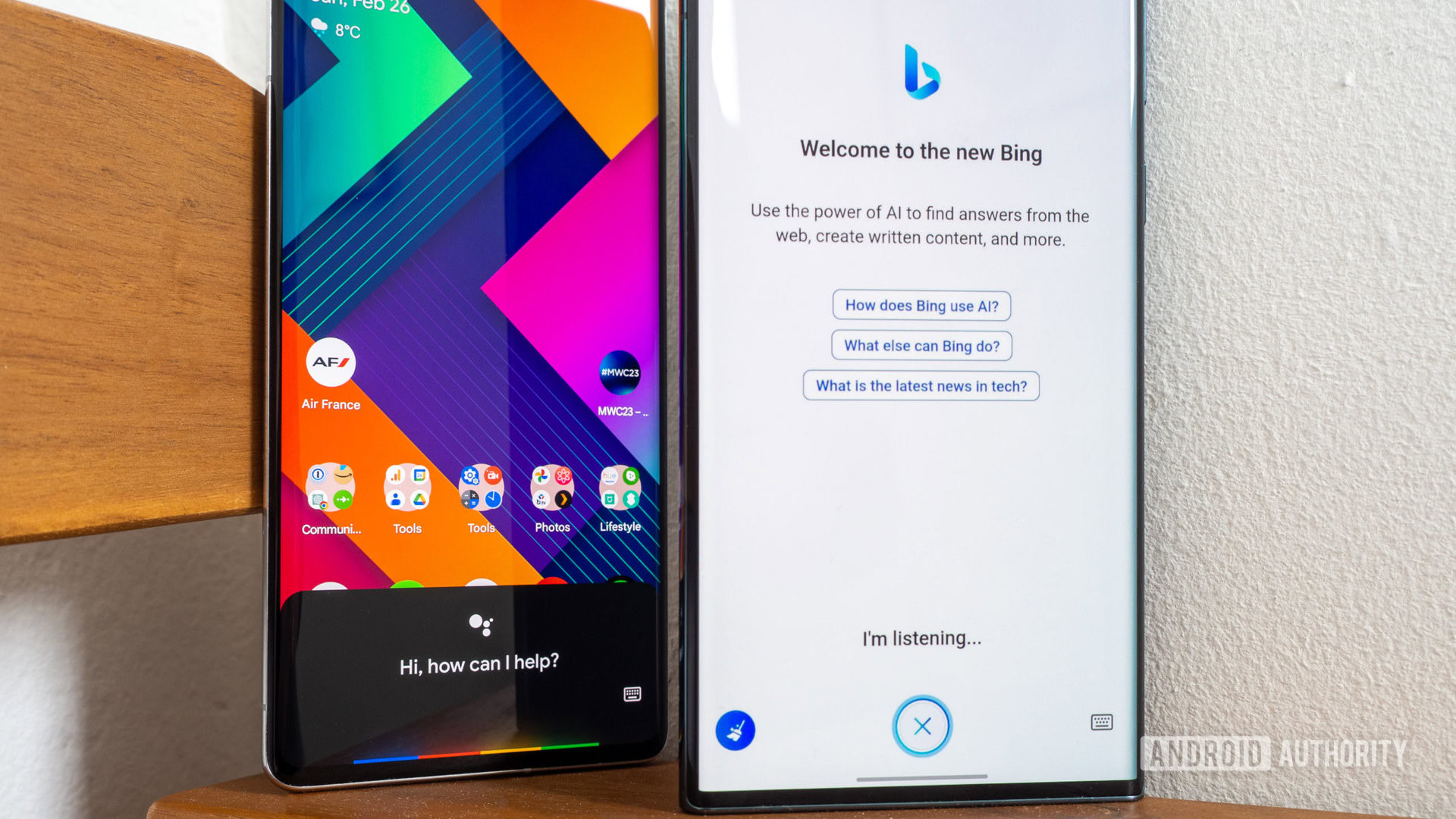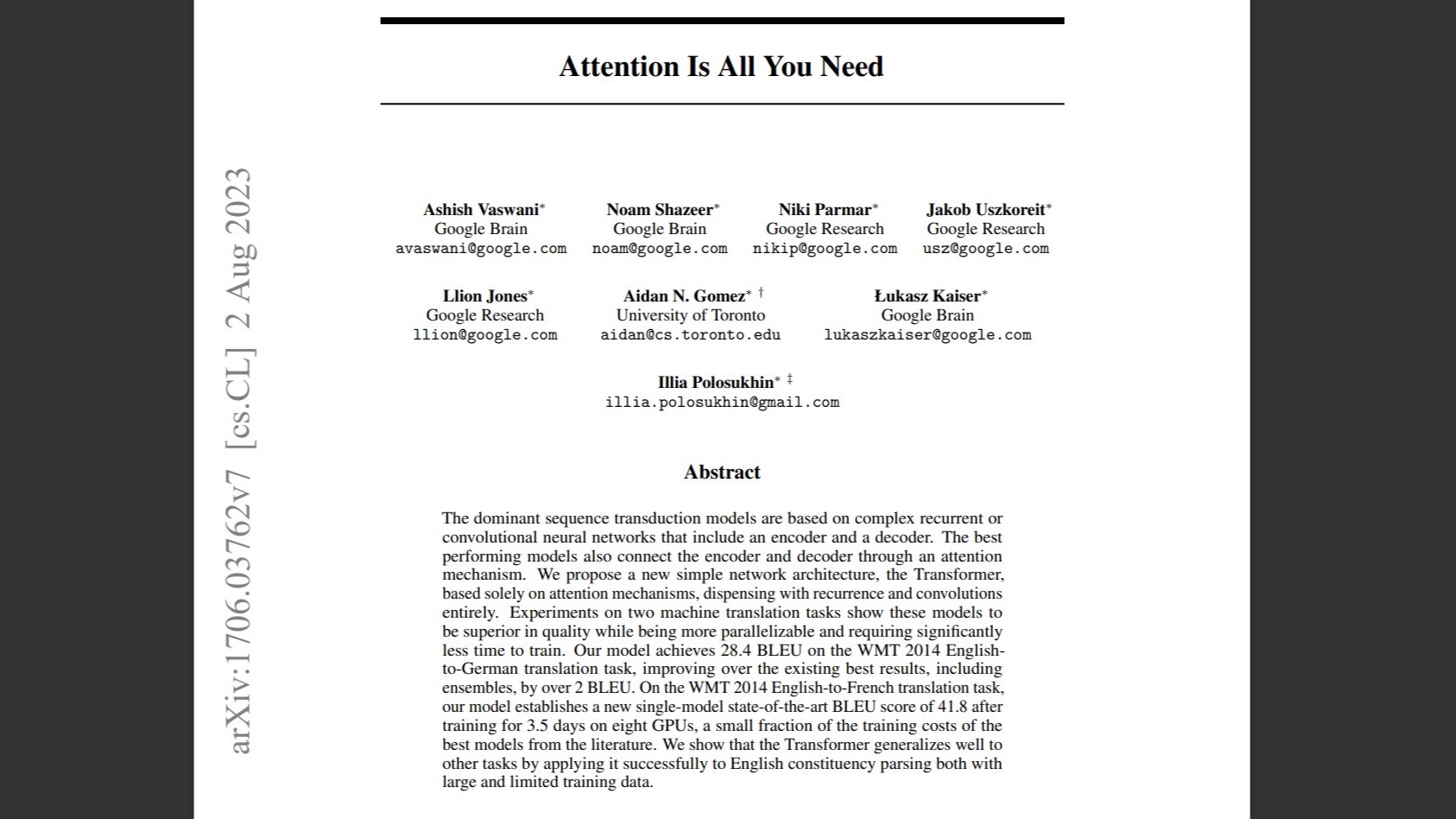Affiliate links on Android Authority may earn us a commission. Learn more.
As ChatGPT turns one, it's still the best assistant I've ever used
Published onNovember 30, 2023

Not long ago, it seemed as if we were years (if not decades) away from a competent digital assistant, let alone a capable one. I was one of the earliest adopters of the Google Assistant when it launched in 2016, even going as far as rooting my phone to pretend it was a Pixel and get early access to it. A year later, I bought my first smart speakers with grand ambitions to use them as digital assistants, smart home controllers, and everything in between.
Needless to say, it didn’t take long for the novelty to wear off and for everyone to notice that neither Google’s Assistant nor Amazon’s Alexa were very intelligent. I’m sure you’ve heard the “Sorry, I can’t help with that yet!” response countless times by now, but the language inflexibility has always bothered me far more. Simply changing the order of words will typically result in those chatbots no longer understanding my intent.
ChatGPT fundamentally changed the way we think about and use chatbots.
Thankfully, all of that changed when OpenAI released ChatGPT to the world exactly one year ago. It was the first chatbot truly capable of understanding conversational language, responding to open-ended questions, and performing complex tasks of its own volition. I remember spending nearly half an hour on writing code for a smart home automation that week only to find that ChatGPT did a better job within seconds.
I wasn’t alone in feeling shortchanged by previous chatbots either and astonished by this newcomer. ChatGPT became the fastest web service to amass 100 million active users, just two months after its launch.
Do you still use ChatGPT, one year later?
One could argue that ChatGPT relies on a far more advanced foundation than older chatbots, making it an unfair comparison. But when you consider that it’s built on top of Google’s own open-source Transformer AI architecture, it sure feels like Big Tech squandered its early lead.
Of course, ChatGPT hasn’t been perfect. Traditional chatbots are quick to admit when they don’t know something. However, large language models like the one powering ChatGPT will happily do the opposite and make up fictional responses at random. That glaring flaw led many to dismiss the chatbot entirely, on the grounds that it was unreliable and potentially even dangerous. I didn’t consider it a deal breaker; if ChatGPT had never progressed beyond its launch state, I would’ve stopped using it.
Luckily, the past year has seen ChatGPT improve not just in terms of its linguistic ability but also in other areas which many believed were several years away. Take the problem of hallucinations or falsified information, for example. Within a few months of the chatbot’s release, OpenAI introduced the official Browsing plugin that let it browse the internet and fact-check its responses.
ChatGPT has improved more than most people realize over the past year.
ChatGPT’s responses have now become a lot more reliable — not perfect, mind you, but good enough when combined with some common sense. And if factual accuracy is what you’re after, I’ve already written about why I prefer Bing Chat and its ability to perfectly marry the GPT-4 language model with verifiable online sources. Google’s rival chatbot should have matched this functionality when it launched this year, but I’ve faced many problems with Bard.

GPT-4 Vision is yet another breakthrough feature. It’s a shame that most people haven’t even heard about it yet because it’s locked behind ChatGPT Plus. I’ve used it to identify food while abroad and get to the bottom of problems like my houseplant’s stunted growth. And just last week, I hit ChatGPT’s generous rate limit for the first time when I used the new voice chat feature for a long back-and-forth brainstorming session.
Even with all of that, I’m still only just scratching the surface of how ChatGPT has changed my life — all while my smart speakers lie unplugged and abandoned in a closet somewhere.
ChatGPT's rapid pace of new feature development has finally awoken the competition.
The world of AI has progressed faster than I can keep up over the past year, but I’m not complaining one bit. Would Adobe have created Photoshop Generative Fill without feeling the heat from OpenAI’s ChatGPT and DALL-E? Would my Pixel 8 Pro have included the Magic Editor and other generative AI features with Google’s old, glacial pace of AI development? Nobody knows for sure, of course, but I’d be willing to bet otherwise.
In the few years leading up to ChatGPT’s release, it felt like we were facing a looming stagnation in tech innovation — whether in the form of the death of Moore’s Law on the hardware side or AI-based services that couldn’t handle basic requests and questions.
By contrast, ChatGPT feels like a breath of fresh air almost every single time I use it. Even if I’m no longer using ChatGPT a year from now, the services I end up interacting with daily will likely have metamorphosed because of the chatbot’s influence. And if the tech has come so far in just a single year, I can’t wait to see what’s right around the corner.
